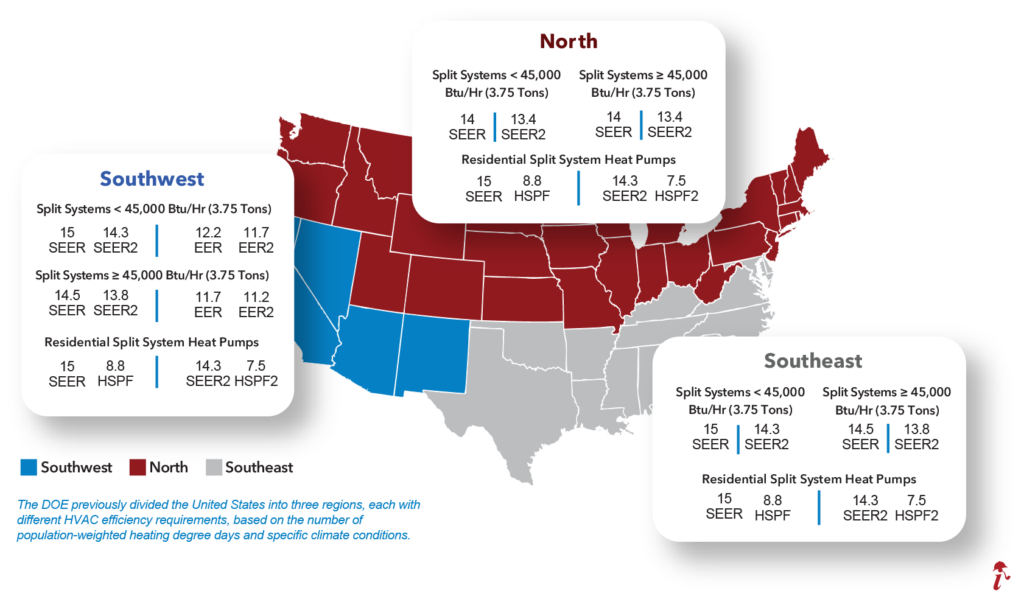Top Reported Perils vs. Actual Cause of Loss Adjusters See in Split System Claims
Residential policyholders use split systems more than any other HVAC system. Indoor and outdoor components make split systems susceptible to different perils.
More than 80% of the residential HVAC systems that HVACi assessed last year were split systems, according to the CCG IQ 2021 Annual Report. Among the reasons for their popularity are that split systems easily distribute conditioned air to a specific space, are efficient, and can offer versatile installations. However, with equipment housed both indoors and out, these complex systems are susceptible to impacts from multiple hazards. Adjusters should take note of which causes of loss policyholders report most often in claims – and which perils are verified during expert equipment evaluations.
Most Often Reported Causes of Loss
Not all claims have a known cause of loss. Many claims are filed without any perils listed. Adjusters who don’t obtain equipment assessments to determine cause of loss risk giving a settlement for non-damaged equipment or components impacted by a non-covered peril.
Policyholders frequently report lightning as the cause of a failure. When an HVAC system malfunctions following a major thunderstorm, insureds often assume lightning is the source of the loss. They may further assume their HVAC systems require a full replacement. Neither are typically true.
Less than 1% of split systems assessed each year have an evaluation result that confirms direct lightning. Furthermore, minor to moderate repairs will return most split systems to pre-loss condition, regardless of peril.
Extreme weather conditions often result in new claims.
Other commonly reported causes of loss are related to the weather, including hail, wind, or freezing conditions. While they could like obvious causes of loss, claims stemming from a winter storm that affected Texas in 2021 proved that not all claims following a catastrophic event included equipment that sustained damage from a covered peril.
Perils Verified to Impact Split Systems
Nearly half of all HVAC system assessments completed by HVACi were recategorized to a different peril from what policyholders reported or the claims had listed. Many comprehensive assessment results determined equipment failed because of wear and tear or weather-related perils.
Wear And Tear
Adjusters should know that a common cause of loss impacting split systems is wear and tear, which is not typically covered by insurance. Central air HVAC systems are designed to last 15 to 20 years, according to the U.S. Energy Department; however, extenuating circumstances could accelerate wear and tear.
This peril impacts indoor and outdoor equipment. Characteristics could include, but are not limited to, visible impacts, damage caused over time, failed connections, and refrigerant leaks.
High Voltage Surge
Though lightning is frequently reported, high voltage surge is more likely. A nearby lightning strike, electrical grid changes, high-power electrical devices powering on or off, power outages, and other events that cause voltage fluctuations in the electrical circuit could trigger it.
This HVAC system control board had a noticeable arc mark caused by a high voltage surge, though visible evidence is not always present for this loss.
Like wear and tear, high voltage surge impacts indoor and outdoor equipment. Characteristics that occur with high voltage surge failures include damage caused by electrostatic discharge, multiple affected components, and immediate malfunctions. Visible evidence of high voltage surge is not always present. Find out more about how to tell the difference between HVAC failures caused by lightning, surge, and wear and tear in this guide.
Weather-Related Perils
HVAC systems are susceptible to weather-related perils. Adjusters may see increases in claims with hail, water, or wind losses following a catastrophic event.
Hail can affect several outdoor components, particularly condensing units that have malleable fins protecting the refrigerant tubes. Hail impacts may be visible but do not affect HVAC system functionality. Minor repairs such as combing or replacing the condensing coil are typical methods to return equipment to pre-loss condition.
The cause of loss may seem obvious, such as a tree limb striking a condensing unit, water flooding a basement furnace, or hail striking condensing coil. Objective assessments verify the reported peril and determine the damage scope. Even if a more major repair is necessary, full replacements aren’t required in most scenarios.
Don’t Forget About Non-Damaged Equipment
The previously mentioned perils impact split systems, but it’s important to remember that not all equipment included in claims will actually be damaged.
HVACi determined that nearly one-third of the HVAC systems included in claims in 2021 were non-damaged at the time of assessment. Settling for these adds unnecessary claims leakage for the carrier.
Equipment evaluations can prevent that. They should be objective, data-driven, and actionable. The experts at HVACi help adjusters nationwide decide claim solutions through comprehensive onsite assessments. Reports note cause of loss, best repair and replacement recommendations, and market value pricing for available equipment without slowing down the claim process. Submit a claim to confirm a peril before making a settlement decision.


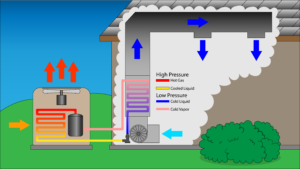
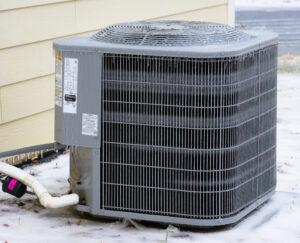
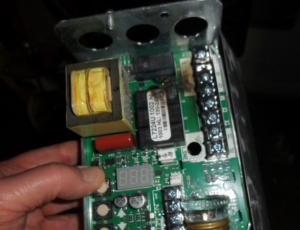
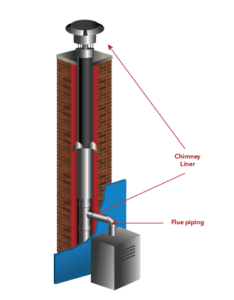 Chimney liners provided added insulation to keep exhaust gases from condensing.
Chimney liners provided added insulation to keep exhaust gases from condensing.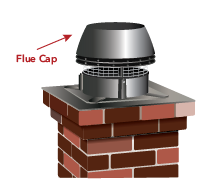 Flue caps ensure water doesn’t go back down into the chimney or flue pipe.
Flue caps ensure water doesn’t go back down into the chimney or flue pipe.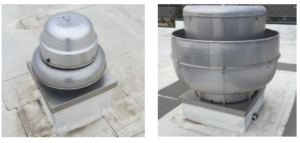 Downblast exhaust fans, left, are best for applications unrelated to cooking; whereas, upblast exhaust fans trap grease remnants left in the air so they don’t cause damages to equipment or the roof.
Downblast exhaust fans, left, are best for applications unrelated to cooking; whereas, upblast exhaust fans trap grease remnants left in the air so they don’t cause damages to equipment or the roof.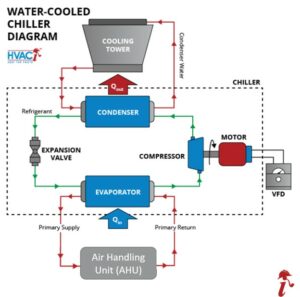 The processes for how water-cooled and air-cooled chillers work are almost identical except for the method used to transfer heat from the refrigerant.
The processes for how water-cooled and air-cooled chillers work are almost identical except for the method used to transfer heat from the refrigerant. 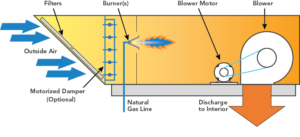 Make-up air units provide tempered fresh air into spaces that have a lot of mechanical ventilation taking air out.
Make-up air units provide tempered fresh air into spaces that have a lot of mechanical ventilation taking air out.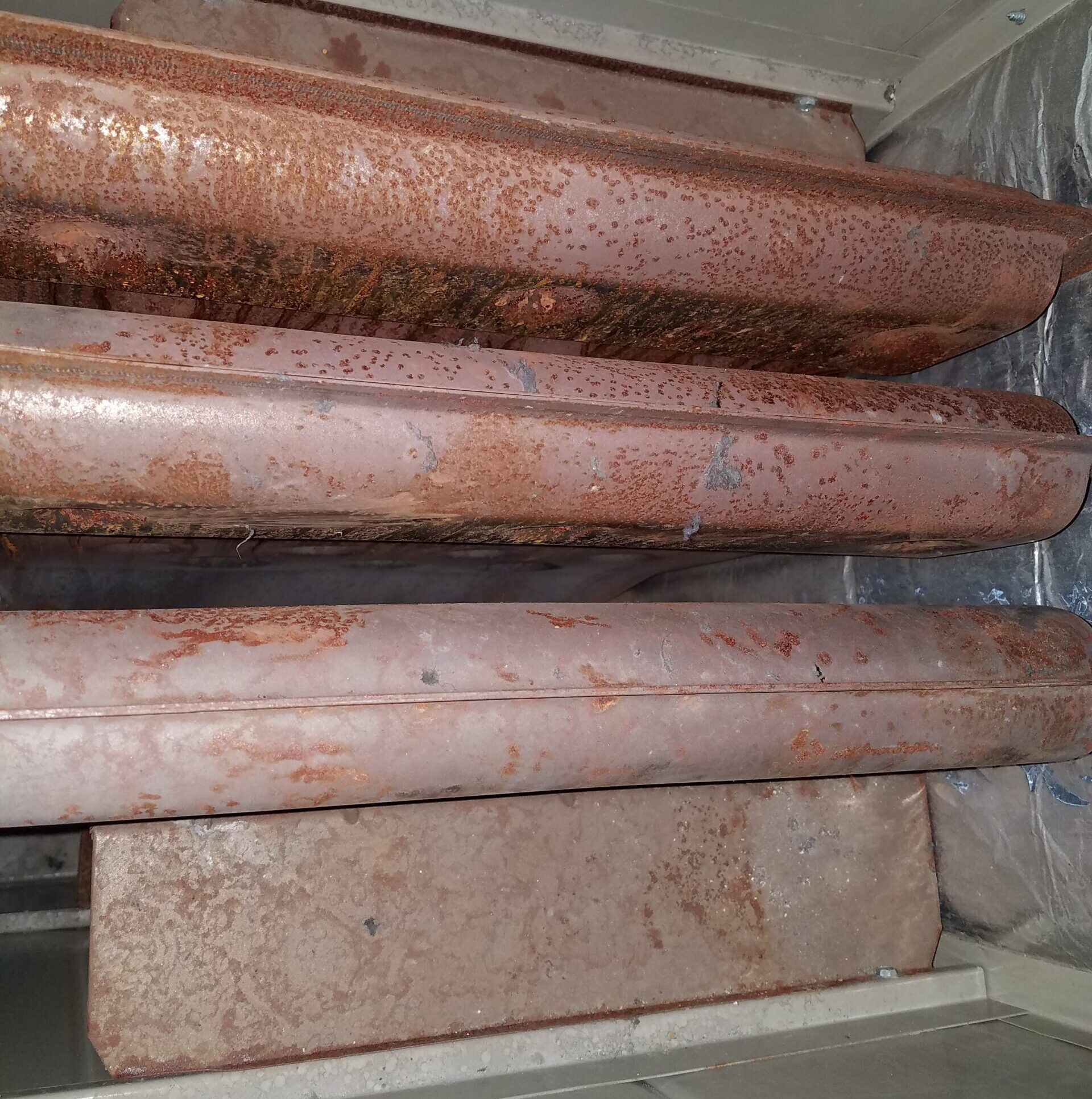 The age and how well a policyholder maintains an HVAC system could impact whether the equipment requires a replacement.
The age and how well a policyholder maintains an HVAC system could impact whether the equipment requires a replacement.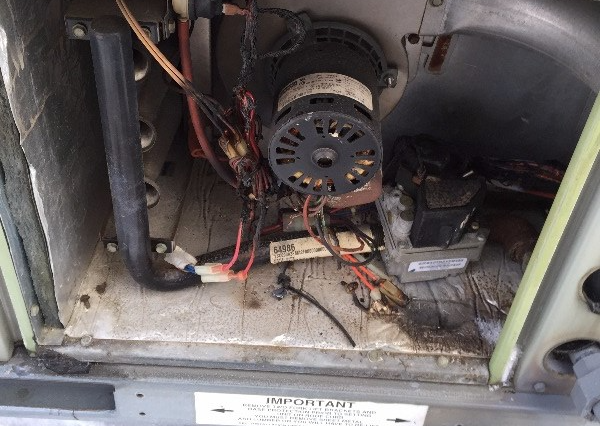 In this claim HVACi assessed, a bent HVAC system gas line directed the flame into the burner compartment causing multiple components to be charred and melted. While repairs could have been possible, the cost would meet or exceed that of a replacement.
In this claim HVACi assessed, a bent HVAC system gas line directed the flame into the burner compartment causing multiple components to be charred and melted. While repairs could have been possible, the cost would meet or exceed that of a replacement.